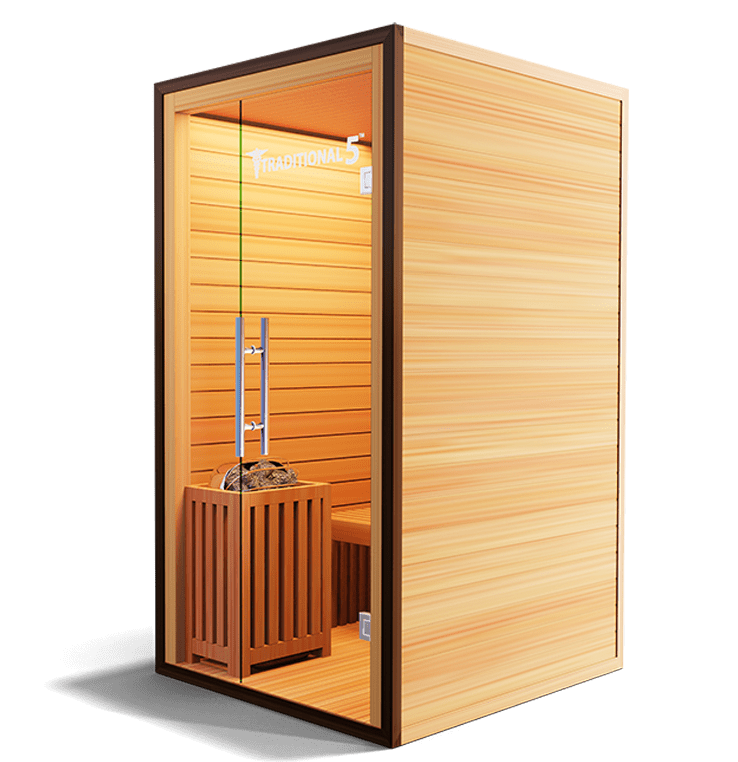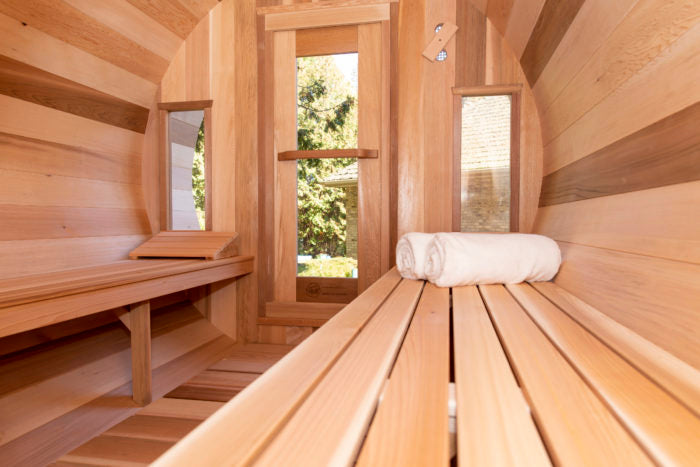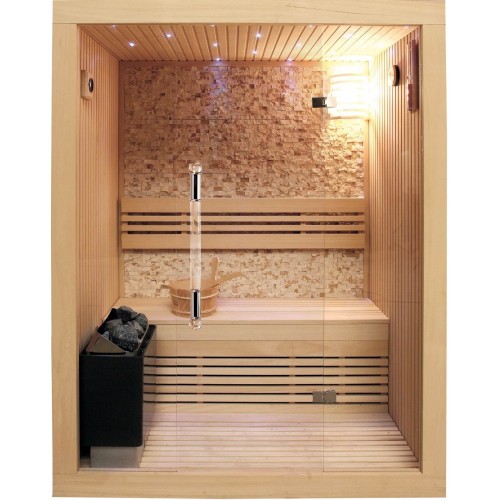Traditional Sauna Things To Know Before You Get This
Table of ContentsGetting My Traditional Sauna To WorkHow Traditional Sauna can Save You Time, Stress, and Money.10 Easy Facts About Traditional Sauna DescribedHow Traditional Sauna can Save You Time, Stress, and Money.The Greatest Guide To Traditional Sauna
The majority of the weight shed in a sauna is water loss and is re-gained upon rehydrating. Without an uncertainty sauna can be a crucial component of a healthy and balanced weight loss program. To look at the differences between traditional and IR saunas, I will certainly divide these into proven, academic, and produced distinctions.Therefore, the best factor in the saunawhich goes to the ceiling straight over the sauna heateris normally in between 185 and 190 F. Claims that a traditional sauna surpasses 200 F is simply not real and not appropriate for electrical saunas sold in the US. The temperature level for a far-infrared sauna is typically established in between 120 and 140 F; nonetheless, unlike the conventional sauna, the objective in and IR area is not to achieve a high temperature level.
Since of this, the temperature distinction is practically unnecessary, since extreme sweating results in both sauna kinds, however the technique of heating up the body is different. In an IR sauna the bather will really feel warm and will sweat a lot, yet at much reduced temperatures (Traditional Sauna). Thus, if the goal is to spend longer time periods in the sauna, the IR sauna is an excellent option
When a conventional sauna has been appropriately warmed, the sauna wall surfaces are cozy, the air temperature level has actually accomplished set temperature and the rocks are very warmed. As a fascinating side note, the warmed walls and the rocks are producing far-infrared warmth, combined with the heated air, to create an "covering heat".
Traditional Sauna Things To Know Before You Buy

When the high temperature is accomplished, the aspects cycle on and off to preserve the heat. The majority of standard sauna users delight in pouring water over the rocks to create vapor to increase sauna humidity degrees. The advantages of pouring water over the rocks include: making the area more comfortable, moistening the nasal passages, and permitting the usage of aromatherapy by mixing necessary oils with the water.

When the energy enters the body, it causes the body temperature to raise and ultimately results in sweat. In an infrared sauna it is very important for the emitters/heaters to continue to be on practically constantly. Given that there is no mass of rocks to retain warmth, the sauna will cool if the emitters shut down.
As discussed over, the sauna bather in an infrared room intends to position himself before running emitters to obtain maximum advantage from the warmth. The heating time for both areas can be very various, relying on just how the rooms are used. For a typical sauna, a bather should allow 30-40 minutes for the area to achieve a preferred temperature level and to effectively pre-heat the rocks.
The Buzz on Traditional Sauna
A well built sauna will commonly achieve a temperature of 150-160 F in about 30-40 mins. For hotter temperature levels, the area may require to heat for a longer duration.

Traditional saunas tend to be larger (hence use even more electricity) than infrared saunas, although traditional saunas are definitely readily available in one and two individual dimensions too. For a two-person typical sauna, 5x6 or 5x7 dimension is most popular. find more information The top bench can easily seat two or three individuals and is likewise long sufficient to rest during the sauna session.
About Traditional Sauna
The ordinary price per kWH of electrical energy in the U.S. is about $0.11, so a 4.5 kW heating unit will certainly set you back roughly $.50 to run for one hour, if the heating unit runs constantly for one hour. Generally a sauna heating system will run for 75% of the initial hour and 50% of succeeding hours on given that the elements cycle once the set temperature is attained.

Finally, there is a rarely talked about difference in the social experience in between both spaces. While our society has actually lost several of the social advantage of the traditional sauna experience, it can be very socially rewarding (Traditional Sauna). From household time in the sauna, to heart-felt discussions with substantial others, to sauna partiesthe typical sauna experience can cause intimate socializing
About Traditional Sauna
A lot of higher end infrared rooms include colored light treatment, noise systems and full-glass fronts.